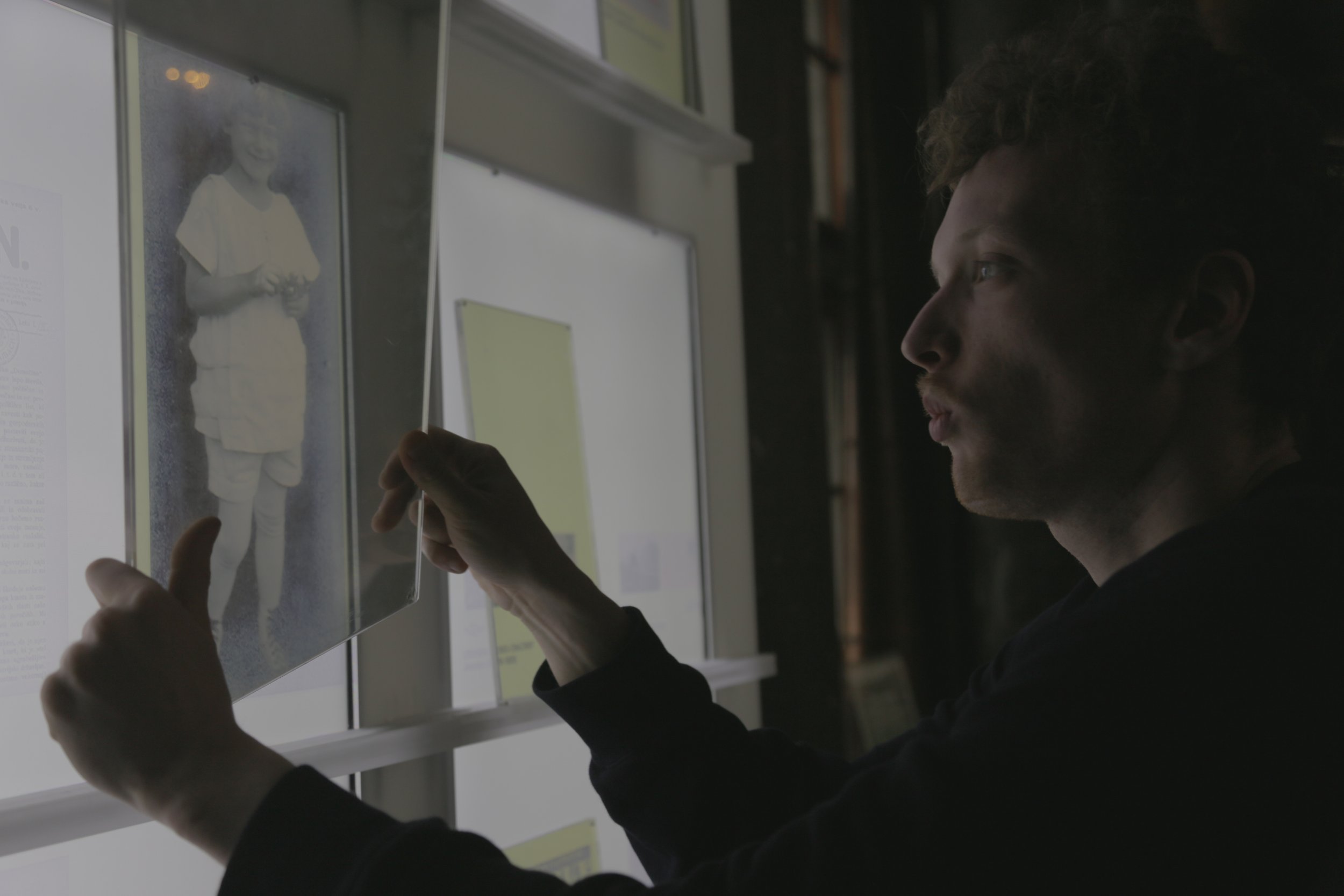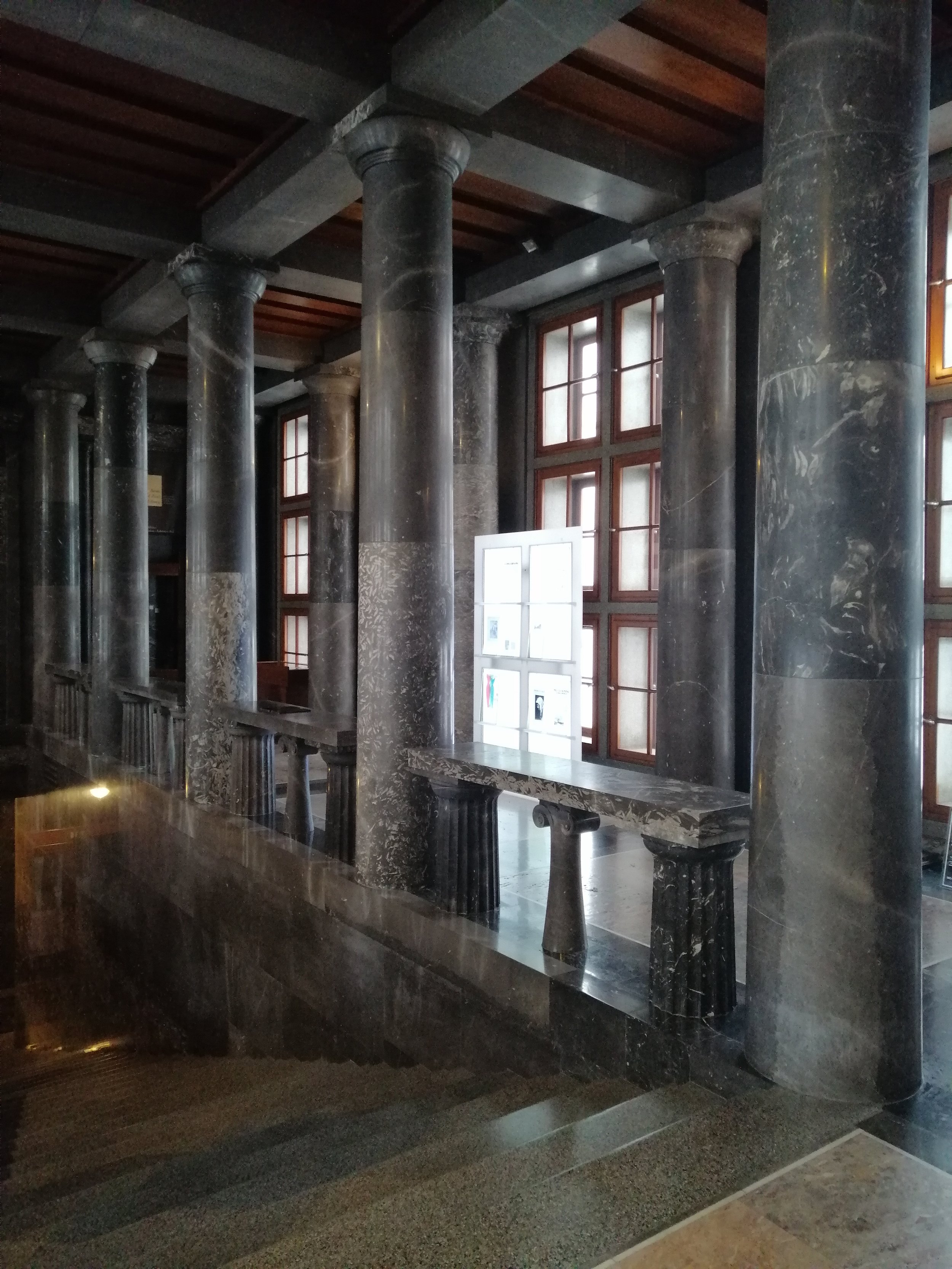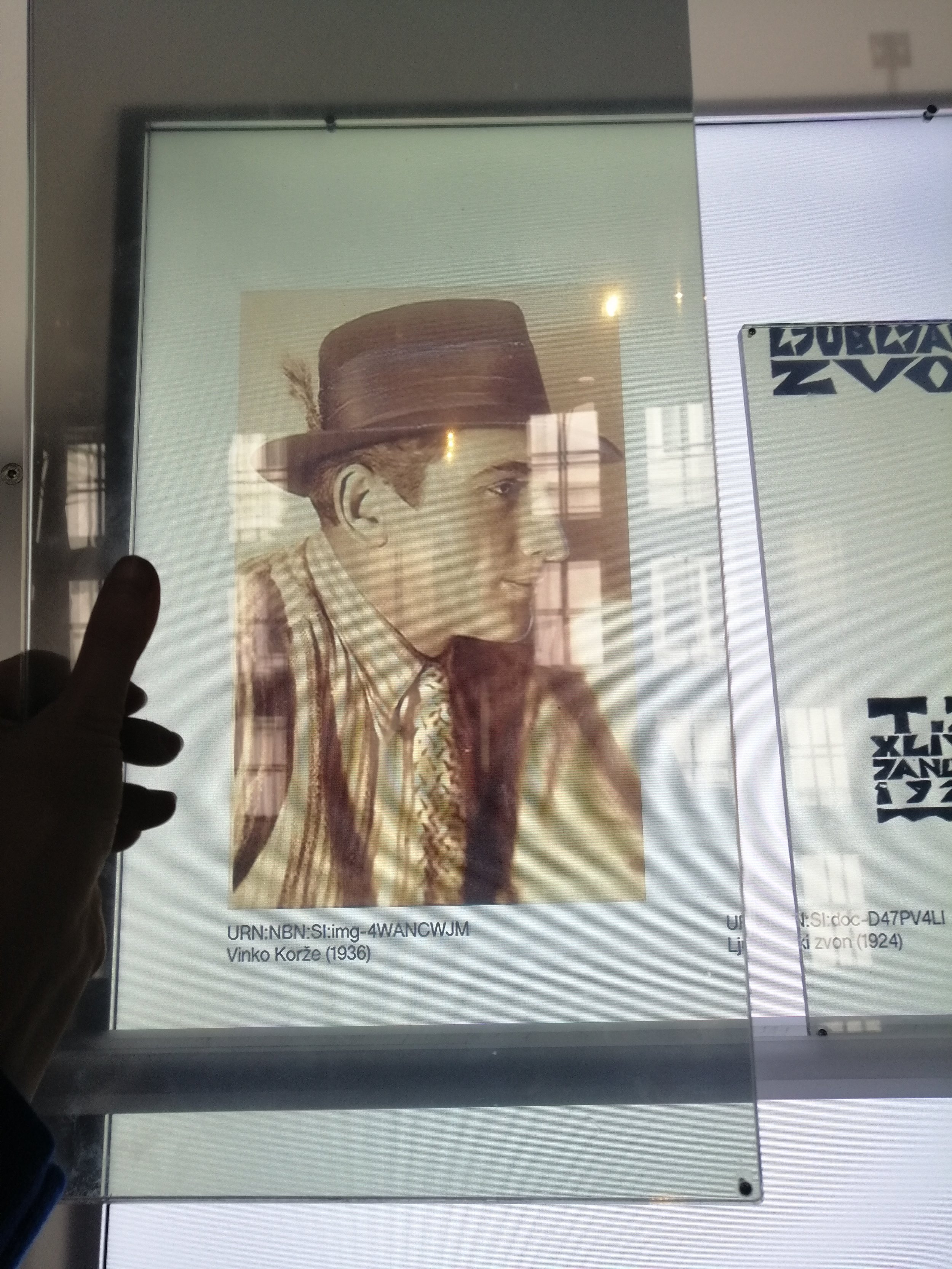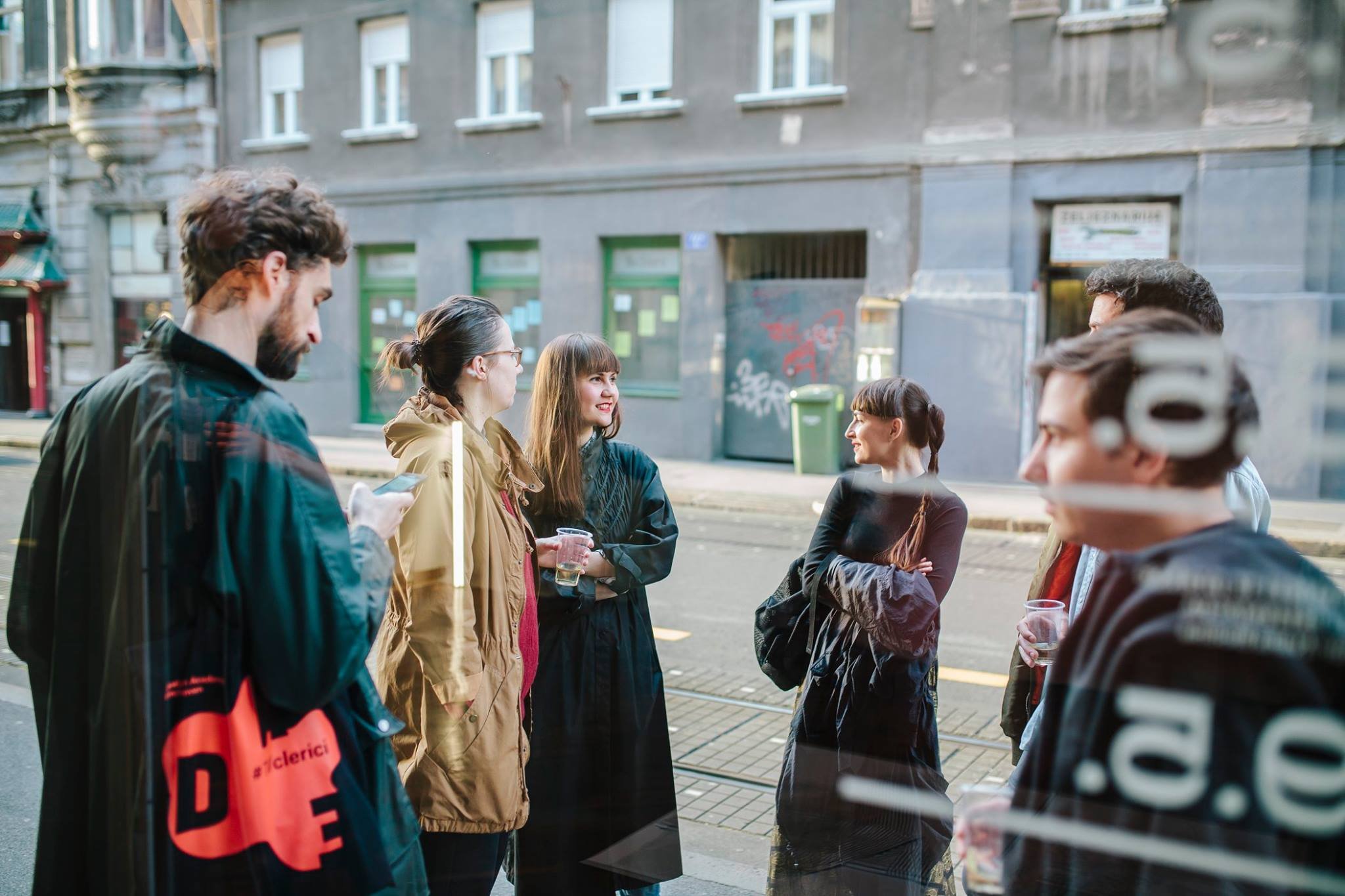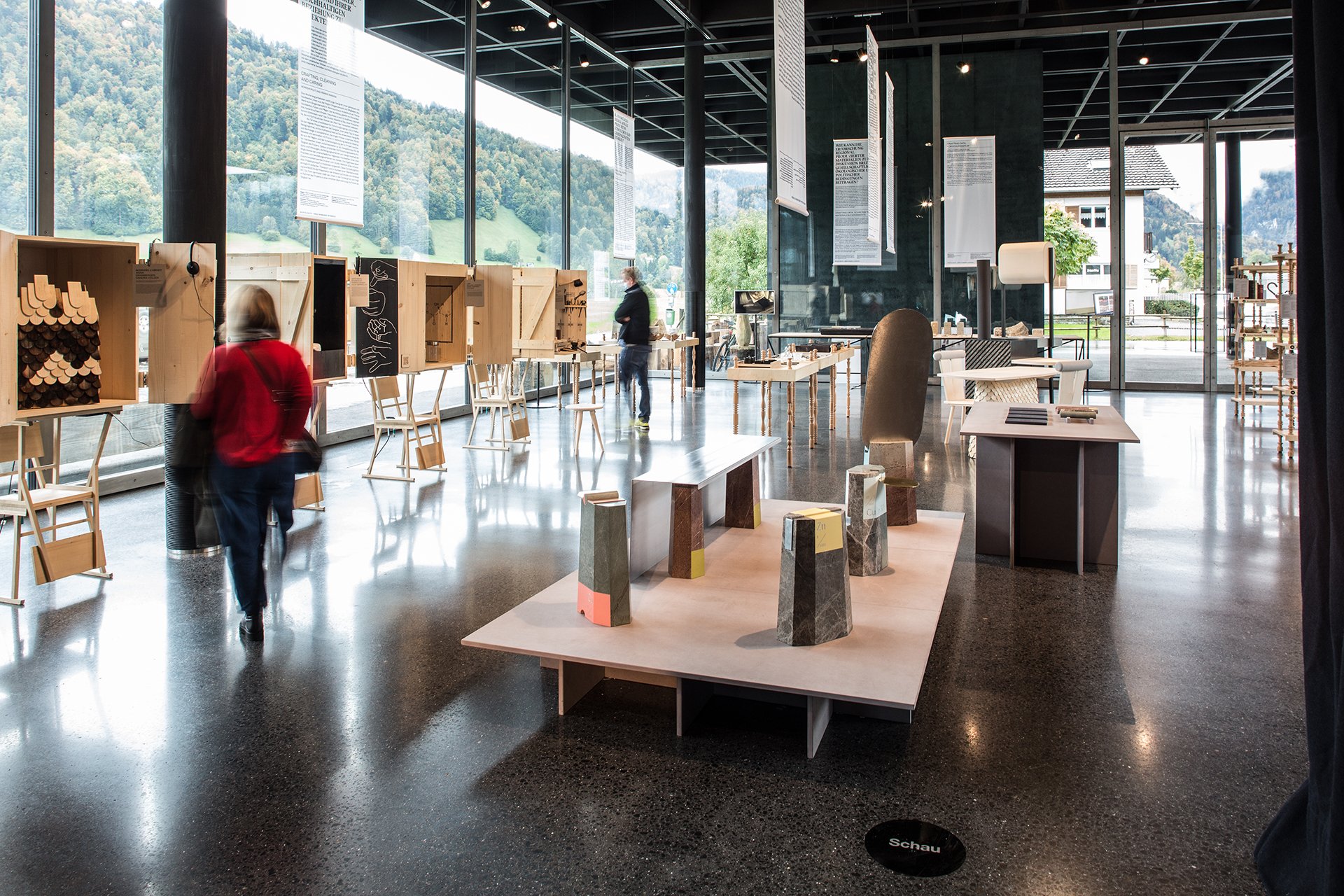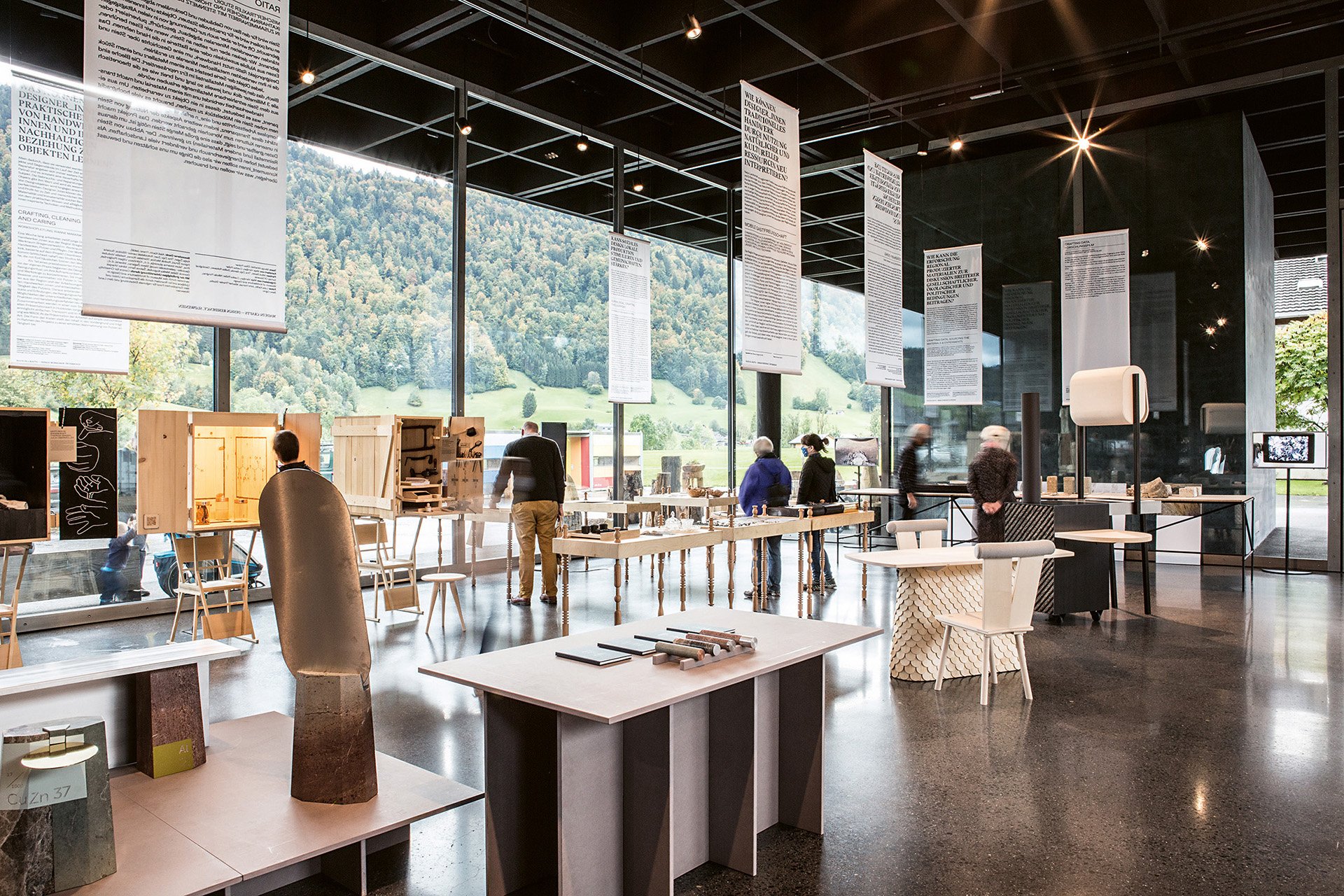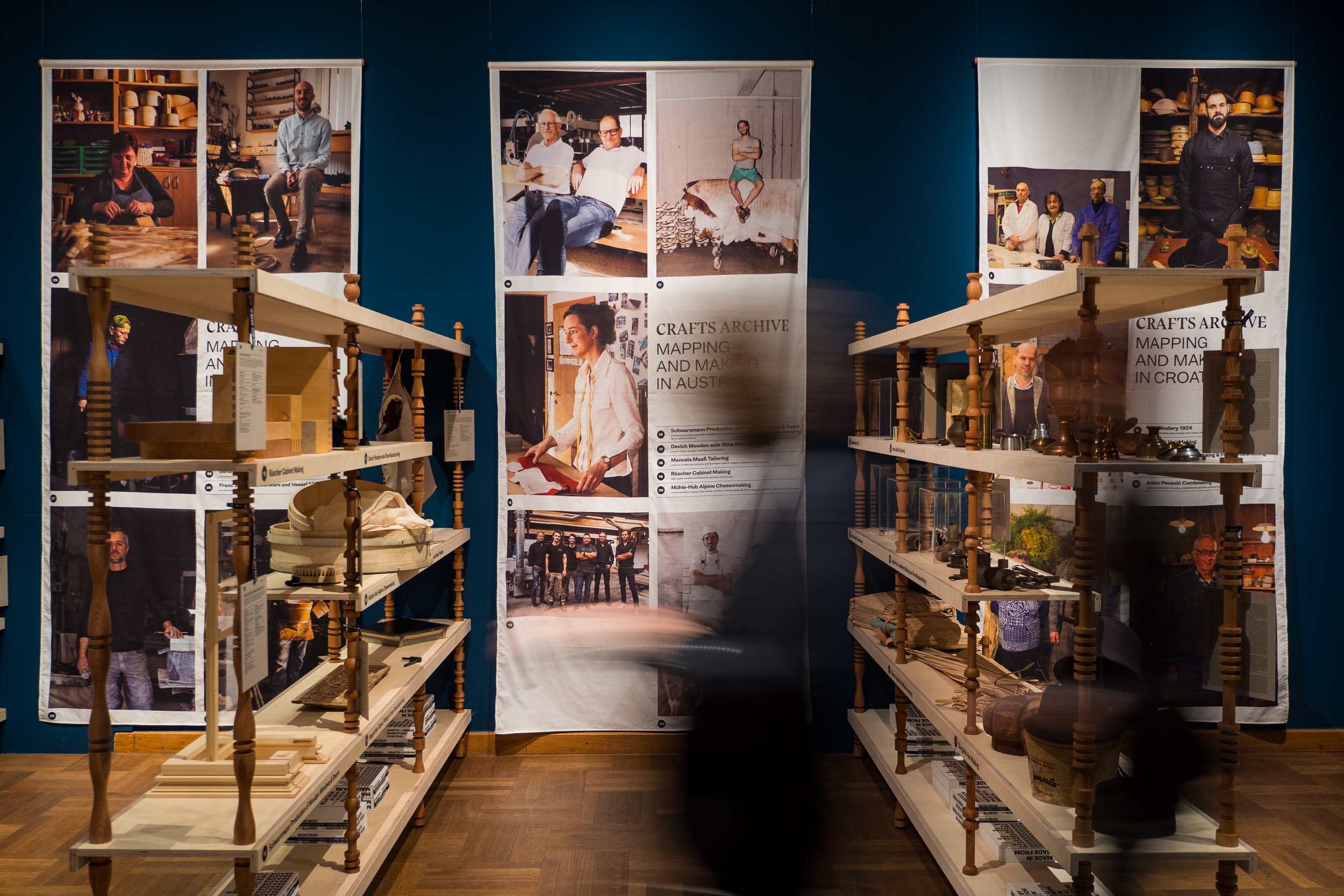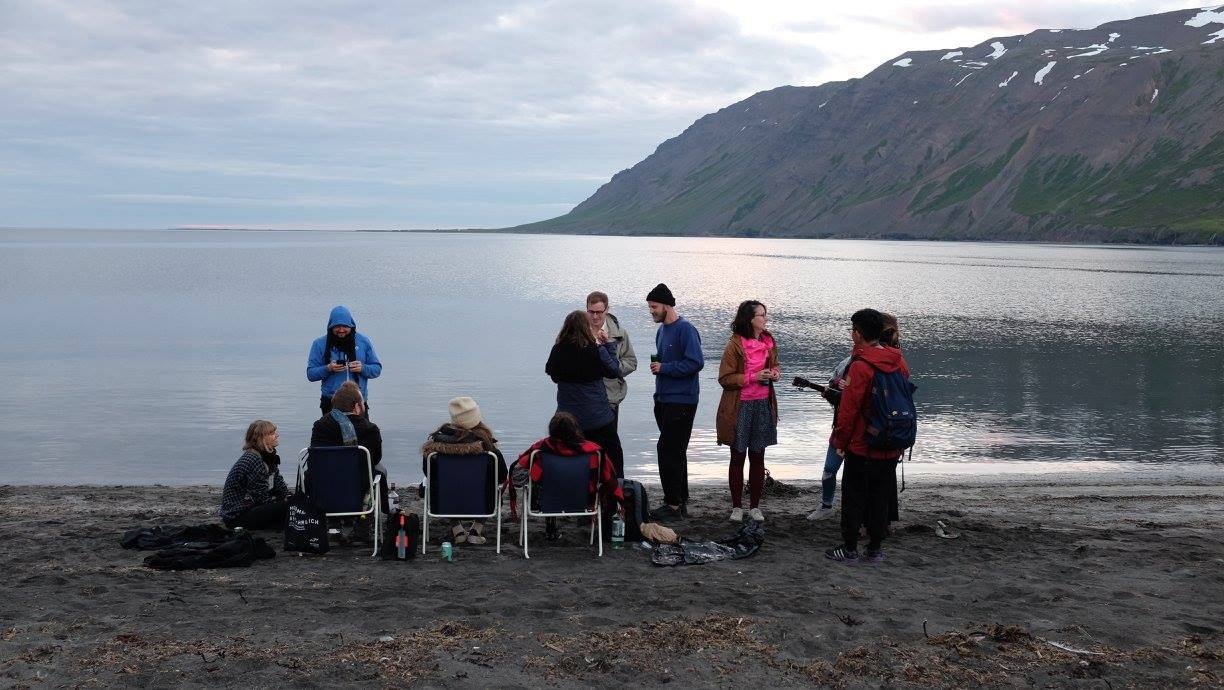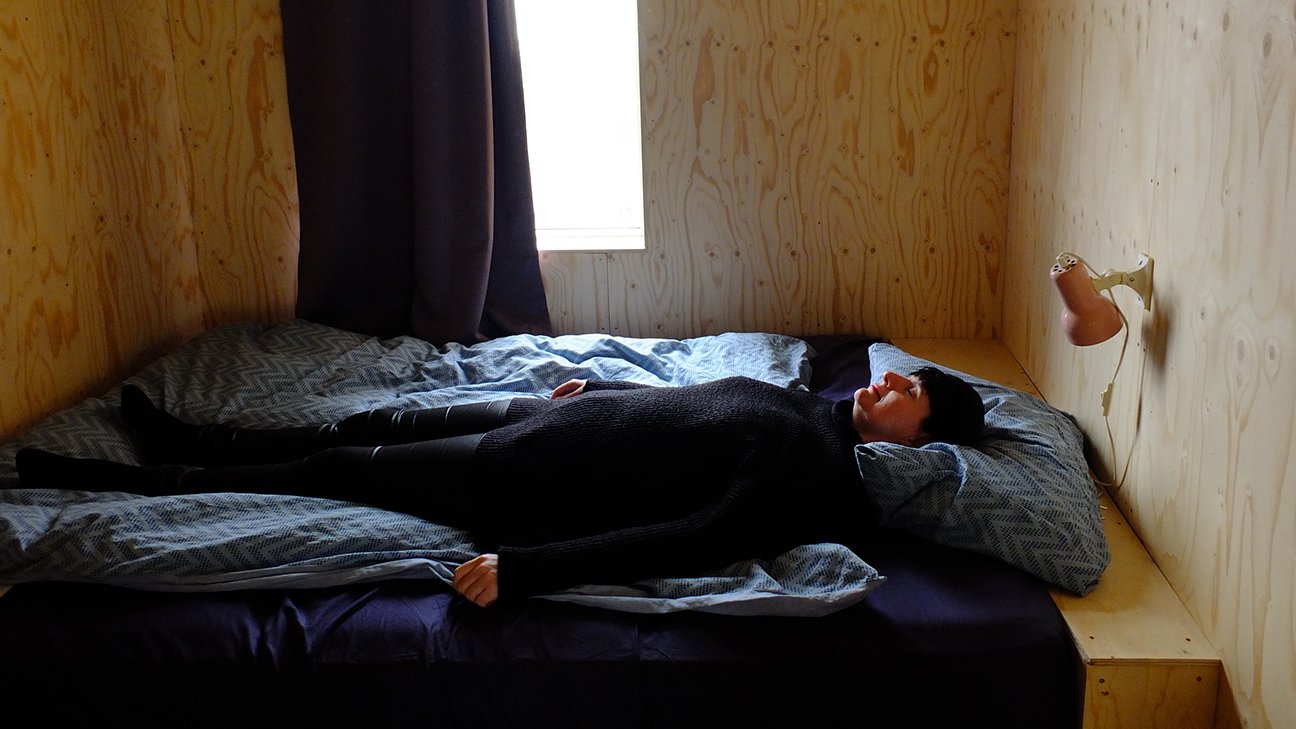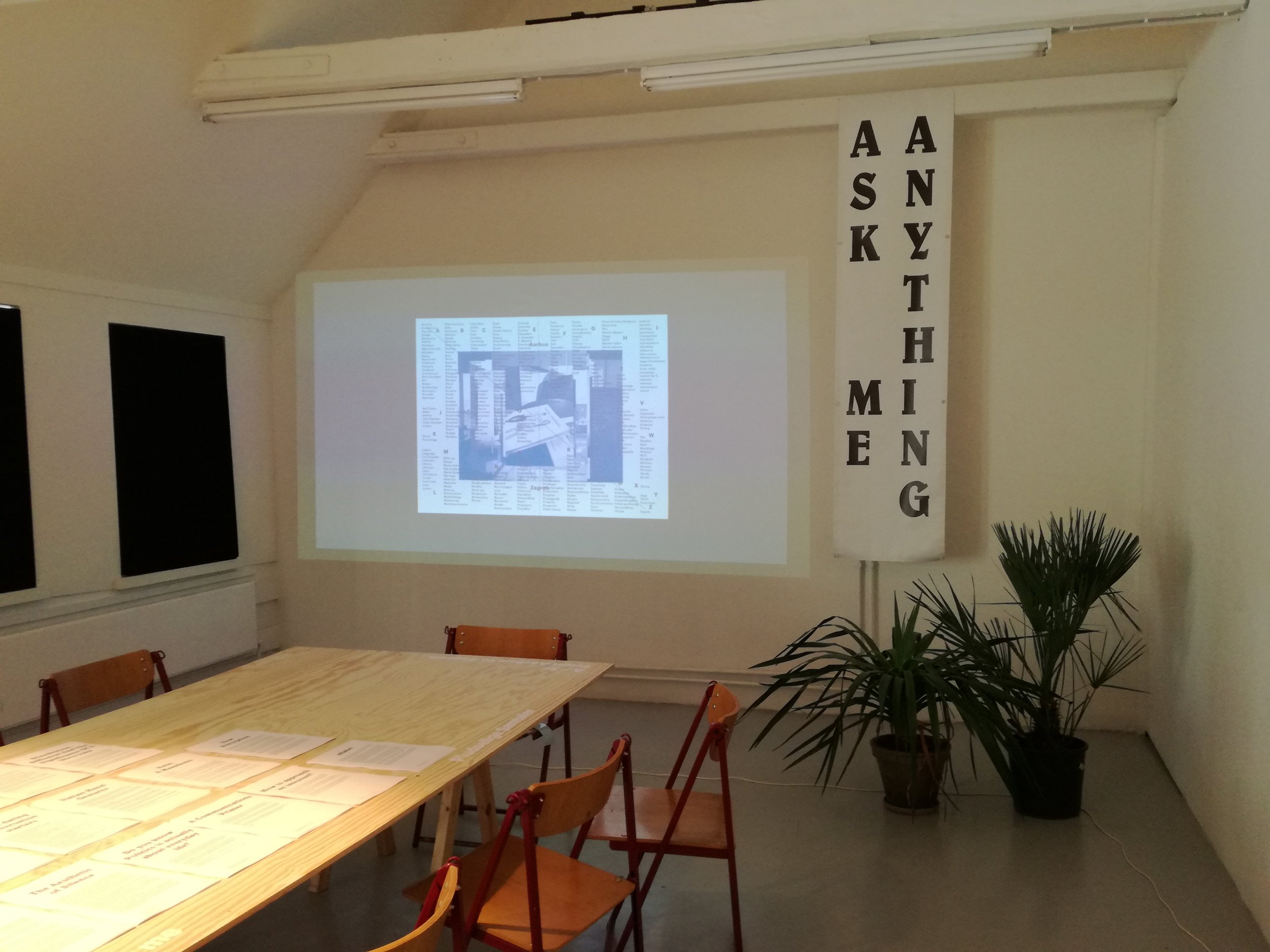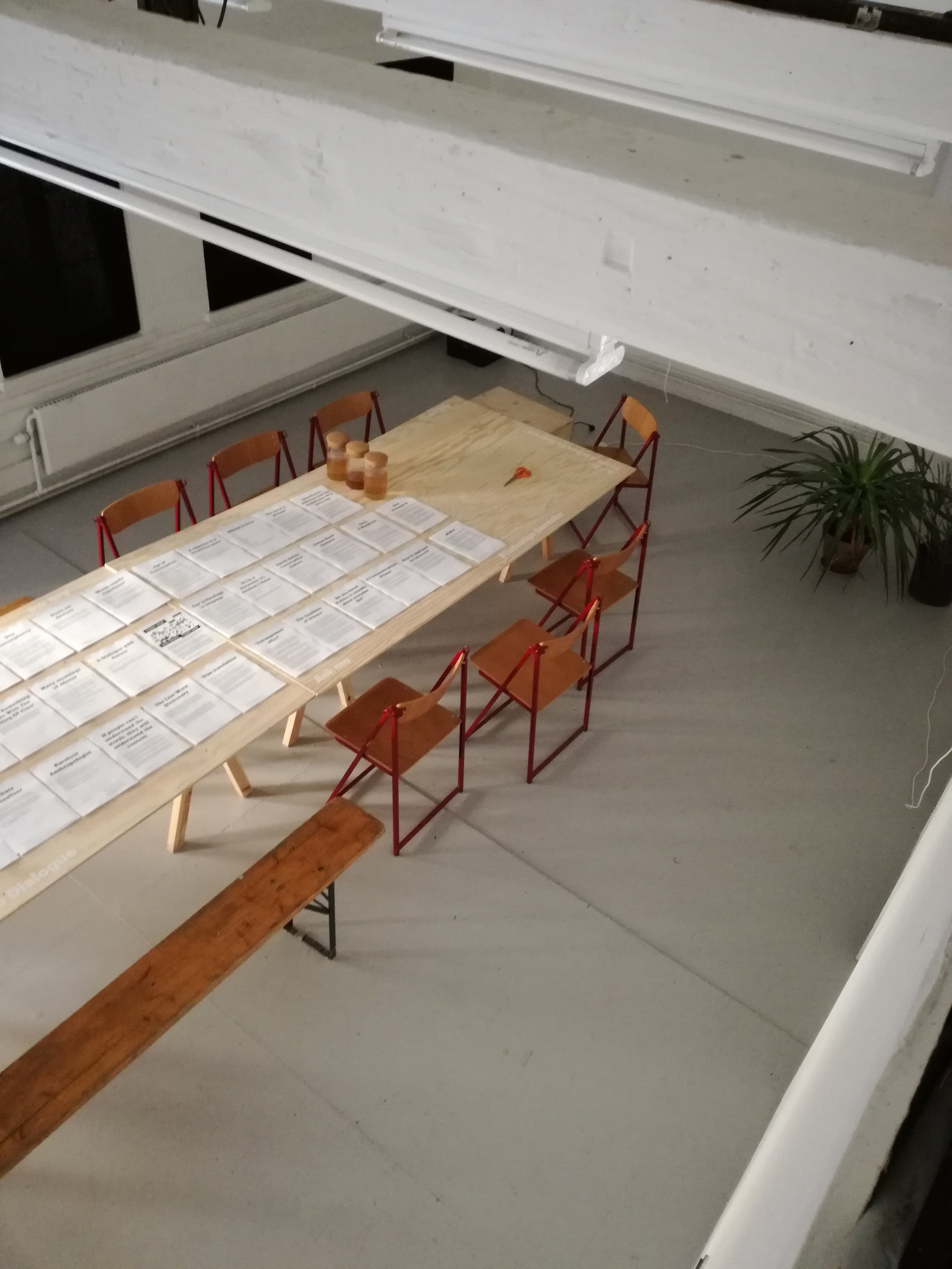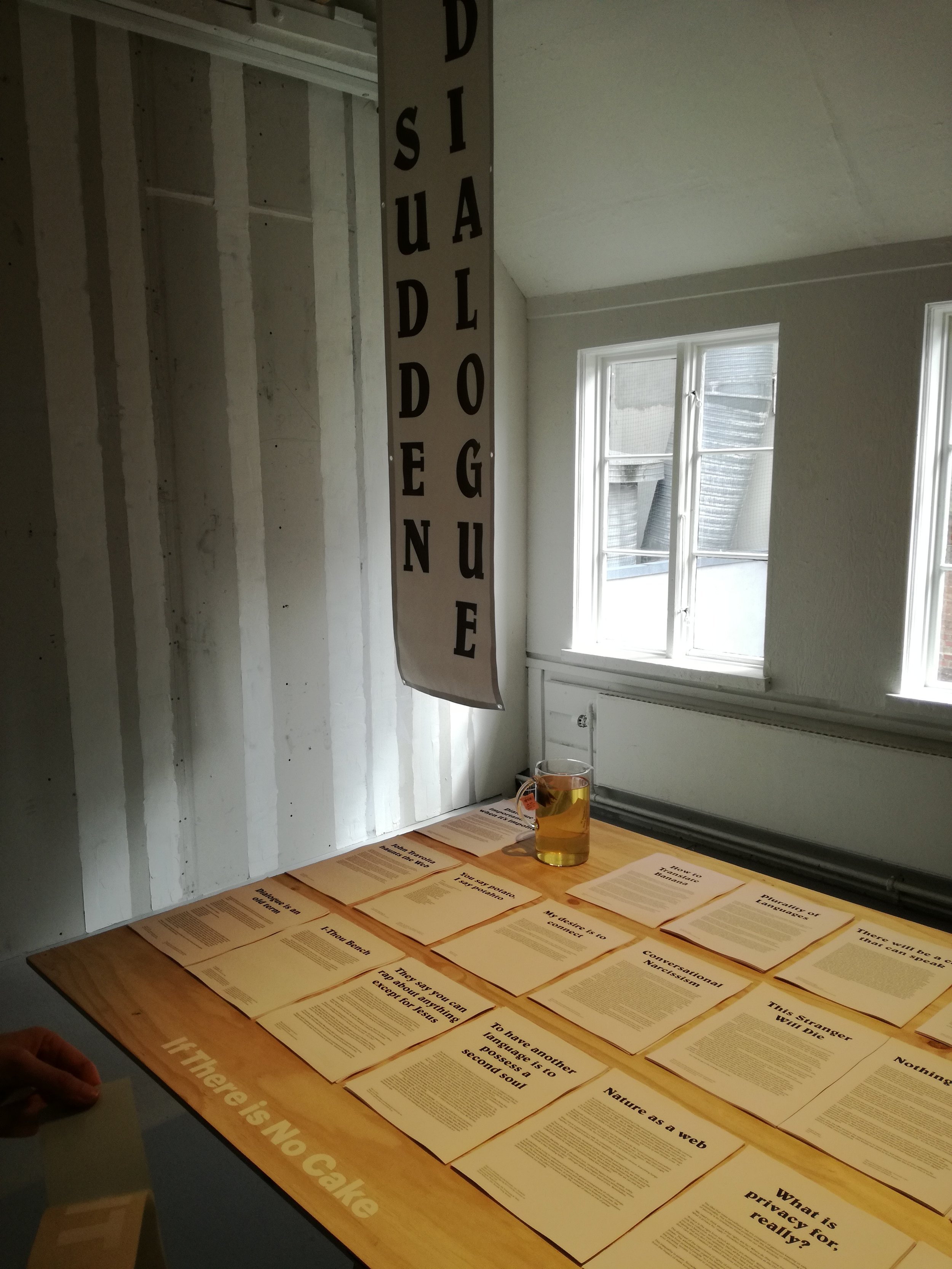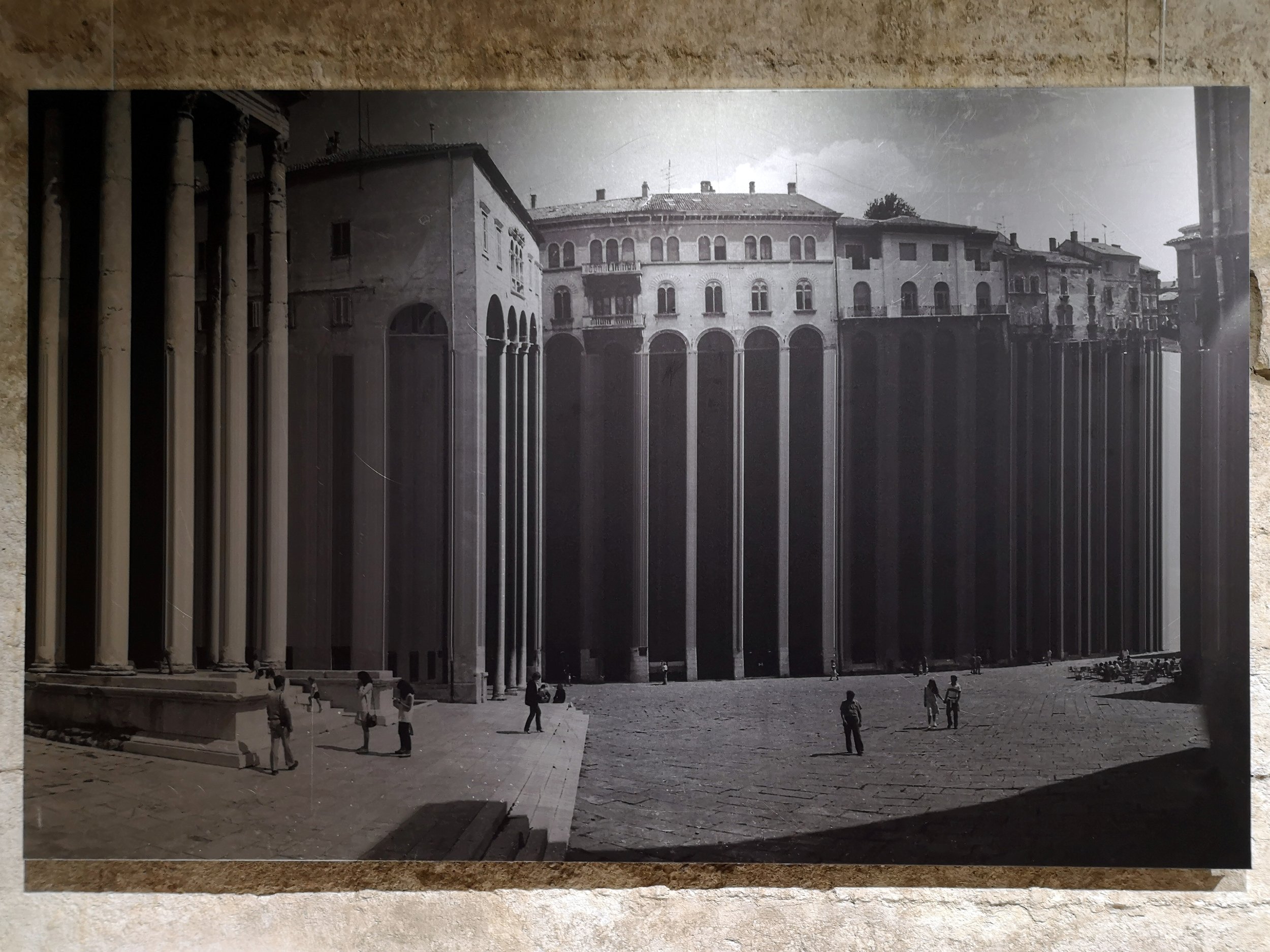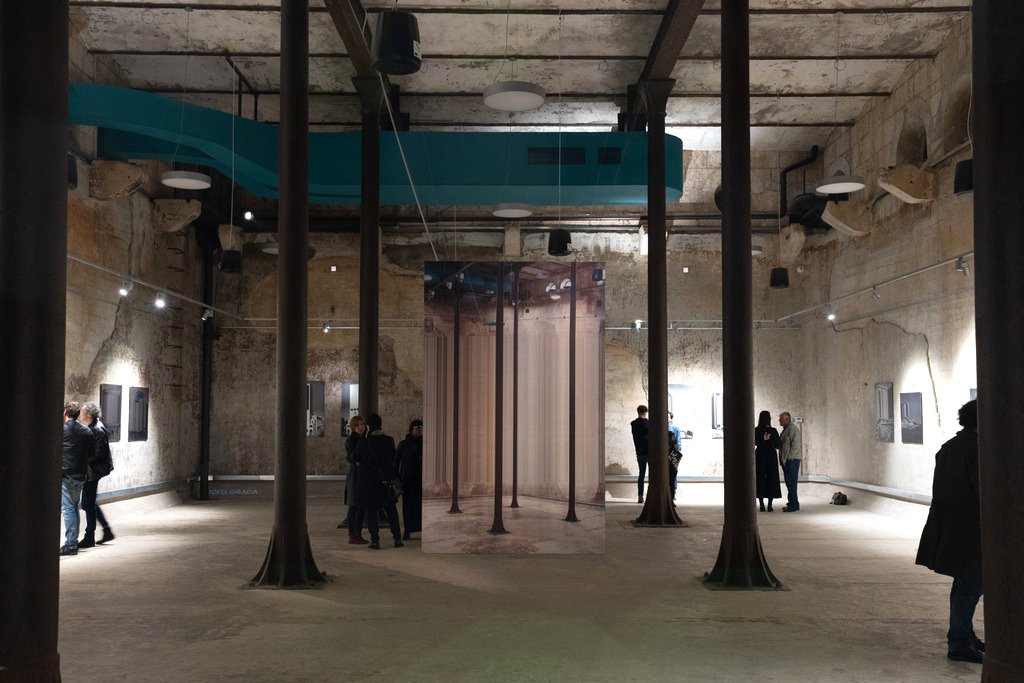Maja Kolar
Maja is a designer operating within the independent cultural sector. Maja’s work is situated between curatorial practice, publishing and non-formal design education. Her main practice is being developed through the projects she does in social, strategic and conceptual design. She actively collaborates with international interdisciplinary teams on different initiatives, many of which were recognised and awarded. She holds a Konstfack University of Arts and Crafts degree. Co-founder of Oaza collective based in Zagreb.
When we think about a piece of a creative work and try to imagine it, most of the time, we think in terms of a finished project. But what about the whole thing that’s done behind the scenes: researching, sketching, writing - the whole trial and error part of the story. Can you tell us something about your creative process?
There are a few guiding principles I tend to follow. I value continuous learning more than the final outcome in itself, as it allows me to acquire new (or brush up old) skills, with much of my preparation revolving around reading and writing. Collaboration is a common thread in most of the projects I take on, one that enables exchange of ideas among people from diverse fields, which is a real privilege that helps me better understand the matter at hand. You could say that I use my time to make sense of things. I am driven by curiosity and a slightly obsessive tendency to collect information (Save as being my favorite computer command)!
How do you start working on a project and how do you convert your abstract ideas into real feasible projects?
In each new project, I find it useful to define a position I want to address, be it within my own work methodology, or as part of a particular group I am entering. While starting Serendipity Searcher: The Art of Associative Searching, it was important for me to exercise my independent thinking (as opposed to working in a setting of a collective) and strengthen my role as a concept creator in a larger interdisciplinary team, uncovering mechanical engineering, interaction design, spatial exploration as well as machine learning. Collaboration was brought about during a Designathon competition, as part of BIO26 Biennial of Design in Ljubljana (Slovenia), and meant surrendering to the unknown and using the provided space as an experiment.
Over the course of several months we were looking into new ways of interacting with large digital collections, trying to envision a social and presentational tool for a visually inciting exchange between the archives and the public. In an attempt to make content more accessible, an experience was created enabling professional staff and biennial visitors to explore the connecting pathways between images, generated anew with each browsing session, in the form of an associative image cluster. This allowed different interpretations and multiple readings, creating rich visual atlases. Harvesting of digital content became more serendipitous and directly informed by physical reaction.
The project continues to develop under Design Campus Lab (Germany) and alongside DDT Lab (Slovenia) a research centre operating at the intersection of art, science and technology and was since shown as part of online festivals Ars Electronica .ART Gallery, during Dutch Design Week as well as in Kupferstich-Kabinett in Dresden.
As someone who is active as a social designer, how do you choose projects you want to work on? What initiatives and topics are you interested in and why?
Social design for me is any design that is structured around forming meaningful connections and that enables exchange of knowledge. Social innovation reacts to a problem or helps address issues that communities might face. The approach I take when dealing with it, is to make the unfamiliar familiar, to get closer to the sourced material and affected groups, detect any overlooked potential and find ways of bettering a number of existing conditions. Sometimes by (re)building found structures, and other times by repurposing available means of production and subsequently empowering people to implement the proposed solutions on their own. It entails a long term commitment and is foremost about establishing trust.
This became both a methodology and a strategy for our collective, most evident in building participatory local crafts–design production initiative called Old School Ilica: A Case Study in 2014. From its inception Project Ilica (Ilica is one of the longest streets in central Zagreb) was about empowering local makers, craftspeople and specialist shop owners as well as residents that live in the area to become proud of their mutual legacy, embedded in the integrity of artisanal work, and help reshape its lost cultural identity by telling the stories of this community and contributing to the local economy by bringing new concepts to life. It aimed to revitalize an urban city center and reimagine its preexisting cultural identity. Impact made by this self-initiated project ran small scale, visible within a few surrounding blocks of where our studio is (still) based through promotional activities, guided tours, courses and open days, mostly aimed at local audiences.
Goals and activities evolved over time, growing from pop-up events on site to a broader network of organizations, civic initiatives and individual artistic practises joint later under the MADE IN Platform for Contemporary Crafts and Design Production that operates on a European level with members from Serbia, Slovenia and Austria alongside Croatia, now being most likely expanded to Germany, Portugal and Bosnia, producing discursive and curatorial programmes alongside craftspeople and design practitioners. It was given a SozialMarie Prize for Social innovation, an award for outstanding European based projects which draft solutions to pressing social challenges. It was since selected for Oslo Architecture Triennale exhibition Mission Neighborhood – (Re)forming communities, opening coming fall, questioning societal and neighborhood development.
Are you more of a gut-feeling creator or a rational decision-maker? How does this process of making decisions influence your work?
Although this dichotomy coexist in my mind and is in constant tête-à-tête, certain aspects of the process, behind making my ideas attainable and implemented into a specific context, are certainly led by instinct, especially when it comes to finding the right tone, building a visual narrative or choosing a suitable level of performativity.
Modes of intuition I most often use are social ones. While working on the Utopian Collective project, in an assembly of fellow designers it was crucial to be intentional in navigating such a space in order to bring out the most in each other, where mediation and emotional intelligence played a crucial role. Built for an inaugural London Design Biennial, this heterotopic construct was looking into the collective practice as a method, as a way of learning. Collective identity is a process negotiated over time that surpasses cognitive definition through emotional investment and by forming active relationships, as defined by the sociologist Alberto Melluci, and proved true in our experience. We ended up creating something between a physical and mental space, a soft environment for rest overlaid with our conversations in a form of a curious soundscape.
Sometimes, intuitive thinking plays a key role in sourcing material, as was the case with artistic development of Reimagined Realities, a research done together with social artist and community worker Darcey Williamson during the Reitir artist residency situated only 25km of the Arctic circle in a fishing town called Siglufjörður on the, nothing short of magical, northern coast of Iceland. This participatory project started off as a series of gatherings with local residents which included storytelling and sharing of personal histories from growing up to herring industry and folk myths, organized in a similar fashion to those of the past evening wakes. Collected material was used as a narrative foundation for experimental visualization exercises that further exposed different oral histories from participants (a baker, a writer, an amateur conservator, an artist, a shop owner) surrounding different social, emotional or spatial relations towards this town of 1206 inhabitants.
Some years have passed by since your studies in Stockholm, how do you feel about that experience now? What did you discover about your work and how did the Scandinavian way of life and habits influenced your lifestyle and work ethics?
In all honesty, I carry a big part of that experience in my day to day, both on a personal and professional level. Not sure it can be assigned as solely Swedish virtues but modesty and acceptance without passing judgment are traits I find aspirational. Level of investment I saw colleagues and friends put into everything they do, only proved the saying – how you do anything is how you do everything. They are infamously known for celebrating moderation, too, which took me a while longer to get behind, but is another valuable lesson on being mindful of your actions and habits, and paying attention to details. In many ways I learned more about life and society at large than design there, but those eventually became inseparable. In spite of many cultural differences, and frequent reality checks upon returning to Zagreb (Croatia), I think of Stockholm years as formative, and hope it shows itself in ways I approach work: making room for others, being open minded, always seeking for improvement and breaking the wall!
Although I don’t subscribe to the idea that higher education in the Arts is the exclusive way forward for creatives, especially today, the critical thinking acquired there was an important tool to get and assisted me in building a set of beliefs and attitudes for my current practice. Many Northern friendships later became vehicles for promotion and mutual support, so I got to return to Stockholm Design Week as part of experience design network Underverk in 2015, and continued to revisit ever since.
I can see that a lot of your inspiration comes from the outside and throughout the site and space of the current project. But what is happening inside of you, where does this inspiration come from?
I think of myself as a keen observer and dedicated information gatherer. I've enjoyed the act of collecting more than anything for as long as I can remember (it’s hard to tell if girlhood invented collages or the other way around). At a later stage, this appetite for acquiring new sensations was appeased by me becoming an avid audience member – visiting film and performing arts festivals, volunteering at design weeks etc. Being introduced to various artistic forms, and in great volume, empowered me to prioritize work that is situated within a larger co-creative environment, turning me from spectator to a creator.
At times, during unavoidable periods of self-doubt, I renegotiate what kind of work I wish to produce and try reminding myself of that initial excitement. What has been most rewarding to me, in those times, was taking part in artist residency programmes and allocating time for such self-discovery. I’ve done a few, in Iceland, Austria, Estonia, Slovenia and Denmark, and have just come across one in France at the beginning of summer. Best bit of it is finding similarities but also being surprised by others' approaches and styles.
Another project, conducted during a stay in Kunsthaus Graz involved working with the museum Youth club, developed into an online chatbot and live repository Forum for Future Museum that collects and shows different visions of what museum spaces will become in real time. It was done in such a manner to reach young audiences but ended up becoming a valuable tool for curators, museum professionals and other researchers as well. Collected insight ranged from Everyday Museum or Taxi Museum to Museum as Counsellor, Museum as Prophet and Museum as Drug. Wouldn’t you love to visit those?
They say that the writer always writes the same book, regardless of how many books she actually writes. How do you feel about your work when you need to finish a project and start a new one? Is your creative process a one long journey that you are realizing throughout different projects or do you think of each of your projects as a journey of its own?
Switching roles and teams in between projects helps me stay engaged longer, and puts my attention towards a specific task. If I do my job right, each new piece should be singular, formed from a specific set of conditions or personal affiliations, embedded with meaning. I always try finding a new angle worth pursuing to defy monotony, however there is something to be said in favor of routine and repeating certain gestures, it makes space for a special kind of growth. Recently I came across this quote: “When you are learning the technique, you are a part of the history of thousands of other dancers. You are living as the front runner of such history and therefore have the responsibility to make it greater for the next generation.” Even though it is about dance and movement, it speaks about crafting one's skills, which inevitably means repetition.
Maybe I can illustrate this better with the example of building exhibitions and how they differ from one venue to the next. During Zgraf12: Social Reruns, an international review of visual communications, a choice was made to play with the landscape of the venue that offered a rare open floor space of 1350 square meters. This allowed for a spatial exploration of different viewing points, distorting it from the ground to upright level in a continuous uprise. Working closely with a light designer additional visual effects were made with a choreographed light motioning to different thematic areas of the exhibition, following a pace of an average visitor.
Exhibition can also work as a form of artistic exploration and become a scenography, as with The City Under Construction for Book Fair(y) in Istria (Croatia). Here the photographic motifs of the city, acquired from the holdings of the History and Maritime Museum of Istria, depicting famous sites in an unexpected distorted way, were turned into visual backdrops placed in the exhibition venue as well as in the public space of the city accompanying the theme of the fair.
What would be your advice for designers and creatives, who are new to the industry?
Sit with it and sit through it.
Find what you want to say.
Build each other up because that way you end up having a community.
Don’t be too precious with your work.
In the beginning it is all about seeking opportunities, but they aren’t reserved to exclusively the business kind. Before learning about interning positions, I was opting for volunteering roles in different design and architecture festivals and similar settings that often included a great deal of international authors, initiatives and studios whose practice I could draw inspiration from. Informality of such events allowed me to assess what kind of creative work speaks to me and reflects my personal thinking. It also put me in direct contact with other members of the field and offered, in some cases, lifelong connections.
How did last year and the global pandemic influence you?
First few months into the lockdown I remember spending time looking inward, redefining my priorities when it came to dedication of my time. It followed the end of an intense work-related period, and came right after spending some time off abroad gathering my thoughts on how to avoid burnout which involved making healthier decisions regarding my working habits. What I managed to find joy in, amidst the countless Zoom calls while working remotely, is the way these setups unintentionally showed more intimate glimpses into peoples’ everyday life, making these hybrid workspaces somehow warm, one pet interruption at a time.
Deeper into that year, alongside indoors gardening and baking, I turned to the world wide web. Dirty Furniture calling… was a live phone calls series I joined first, it invited speakers to discuss real-life design (but mostly real life, as they put it) during time of social distancing. Thoughts on work, labor, usefulness, care, interdependence, intimacy and affectivity were discussed among the group itself, becoming a space of refuge from the perils of the global pandemic. My go to strategy to combat cabin fever became exploring museum vaults, listening to artist talks, joining conferences and IG live exhibition tours around the world.
Digital hosting services provided a new way for discussing specific subjects in a direct way and I hope this openness is something we get to keep moving forward.
I also started a leisurely artistic research called Garden Dictionary as part of larger online project curated by a friend. It dealt with finding nature online, which seemed fitting being confined indoors: appropriation of nature, representation of nature in art, natural history exhibits, wildflowers, naming of plants, hidden lives of trees, gnomes and other dangers of nature. I also organized a screening group of my own with a close group of friends, a Quarantine Film Club that reviewed 26 selected films from 17 countries in the period of a year, combining my favorite pastime with amateur criticism, teaching me to see things differently.
Love the idea of a Quarantine Film Club, hope it is going to be continued, without the quarantine part of course. My last question: do you think that design can change the world and how?
One aspect of design work that never ceases to amaze me is that initiatives, no matter their size, started out of enthusiasm, or other times from a place of discomfort, can influence, inform and assist people to voice their needs and form strong bonds. This in itself can change the world. Success of any project in my opinion lies in the number of people involved who benefited from it, be it short or long term, be it through participation or by example.
Project Female Design History in Croatia between 1930 - 1980: Context, Production, Influences was about meeting the women who came before us, designers, interior architects and engineers who weren’t included in the existing academic discourse nor were sufficiently represented in the available historiographic overviews. By uncovering them we made it possible for their contributions, in both the industry as well as field of education, to be included to the timeline and more importantly accessible for younger researchers and practitioners to use and further explore. Outcomes of the research were later shown to the general public in the form of a touring exhibition, accompanied by a series of public lectures.
It was additionally added to the European network MoMoWo - Women's Creativity Since the Modern Movement documenting significant cultural heritage forged by women. With the exhibition Here We Are! Women in Design 1900 – Today prepared by Vitra Design Museum those efforts are made visible, and tell a nuanced story questioning patterns of authorship, education, and recognition. An overview of recent initiatives forged by collectives and practitioners is also presented and shows Croatian protagonists from our research. It has since been presented at the Women’s Pavilion Talks at EXPO Dubai with additional exhibitions planned at Kunsthal Rotterdam (Netherlands) in June and Gewerbemuseum Winterthur (Switzerland) in November.
Credits
Collaborators: Thomas Hügin, Yuxi Liu, Boris Smeenk with Jon Stam (Serendipity Searcher), Ivana Borovnjak, Nina Bačun, Maša Poljanec, Tina Ivezić, Roberta Bratović (Old School Ilica, MADE IN), Maša Milovac, Maja Čule, Hrvoje Hiršl, Maša Poljanec, Oleg Šuran, Mauro Massarotto, Mauricio Ferlin and Hrvoje Živčić (Utopian Collective), Darcey Williamson and Raphaël Alexandre with Örlygur Kristfinnsson, Guðný Róbertsdóttir, Brák Jónsdóttir, Jakob Örn Kárason, Lefteris Yakoumakis and Greni (Reimagined Realities), Maša Poljanec (Forum for Future Museum), Tina Ivezić, Mauricio Ferlin and Leonida Kovač (The City Under Construction), Dora Đurkesac (Garden Dictionary), Vjeran Periček, Lucija Mandekić and Marko Mišković (Quarantine Film Club), Maša Poljanec and Ana Bedenko (Female Design History in Croatia)
Photography: Janez Klenovšek, Marina Paulenka, Miran Krčadinac, Roswitha Schneider, Stephanie Wiegner, Mario Guček Andromak, Tanja Draškić Savić, Dražen Smaranduj, Darko Škrobonja, archival footage, authors own


